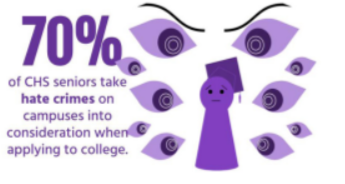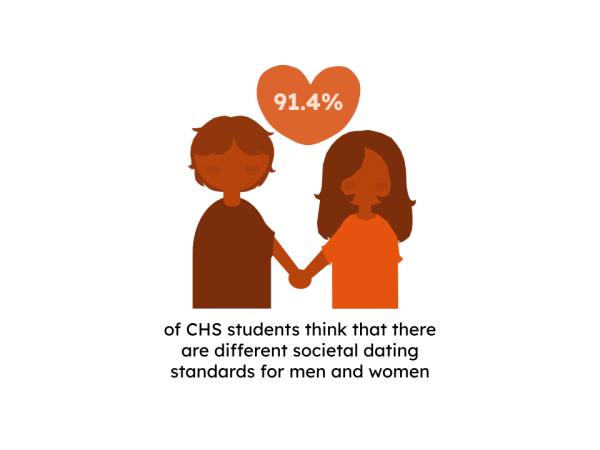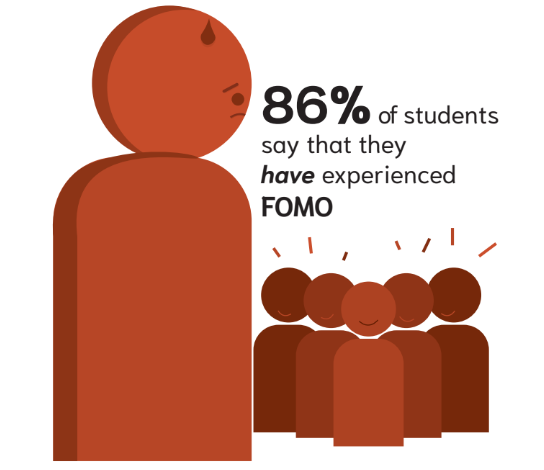Gym bro culture adds weight to body standards
BLOT GRAPHIC BY Z. SABRINA LIDING
Diets and workouts seen on social media can have a negative affect on body standards.
January 28, 2022
Physical exercise is an undeniable part of the foundation of a fit, healthy and positive life. But, there are factors to take into consideration before leaping into this lifestyle: living and breathing fitness gains.
During COVID-19, the idealism of fitness grew, establishing the gym bro stereotype — young males between the ages of 18 to 40 who are particularly interested in muscle-building, according to Total Shape. This community of people typically work out recreationally with their peers to increase their physical gain and lose weight through traditional dieting and bulking.
The issues that rose with this community center around the sustainability of a fitness-centered lifestyle. Some habits developed from this culture — dieting and bulking — have been found to be harmful, according to the LA Times. Additionally, the Cleveland Clinic says some dieting dangers come from fad diets, or diets promoting methods for losing weight, usually by eliminating necessary nutrients.
According to Healthline, consuming 10% to 20% of one’s body weight in calories is a good way to gain approximately 0.25% to 0.5% of said body weight per week. Though, to combat the strictness of diets, it is now more common for people to have cheat days, where one can treat themselves to the foods they desire without calorie-counting and intermittent fasting.
CHS health and fitness teacher Ginny Clevenger stresses that one should not limit their healthy cravings, regardless of fad diets — such as keto, paleo and mediterranean diets — and to have that occasional cheeseburger in moderation.
“The old expression used to be ‘your body is a temple’ so you want to take care of the only temple you have and that’s yours,” Clevenger said. “So if you put bad stuff in it, bad things are going to happen.”
In addition to dieting, a new study completed by Stanford Children’s Health explained that social media is another outlet that influences both healthy and unhealthy behaviors. Some people view social media posts of fitness attire, gym selfies and fitness- related accomplishments as motivation. For others, however, the posts have negative effects on their weight and body image.
Senior James Finnegan of Brielle explains that diets are different for everyone, which is what makes traditionally advertised diets on social media so harmful.
“I think that a lot of the harmful stuff that you see are the influencers,” Finnegan said. “Especially if they are partnered and… posting fad workouts and fad diets like cutting carbs.”
Moreover, Clevenger notes that Photoshop and photo editing on posts has caused harm to the youth of the world.
Senior Drew Lepping of West Long Branch seconds Clevenger, saying that using social media as a motive for working out can be harmful.
“I think that promoting weight loss on social media can be really toxic,” Lepping said. “It leads to comparing yourself to other people, which is, of course, negative.”
In opposition to this harmful motivation for working out, freshman Fabian Waters of Ocean Township views having a friend to go to the gym with as a positive motivational factor.
“Sometimes [gym bro culture] can be really positive,” Waters said. “Like if you have a good friend and you are able to hype each other up into making yourself healthier, that’s good.”
Above all, the line between motivating and deprecating fitness inspiration is blurred, with the rise of gym bro culture and social media fitness posts contributing to the confusion. Nevertheless, Clevenger’s final summary of staying healthy is simple and one that she stresses in her classes.
“Be healthy, be smart, don’t be stupid. Healthy eating and exercise is better than dieting and forcing yourself to go to the gym,” Clevenger said














